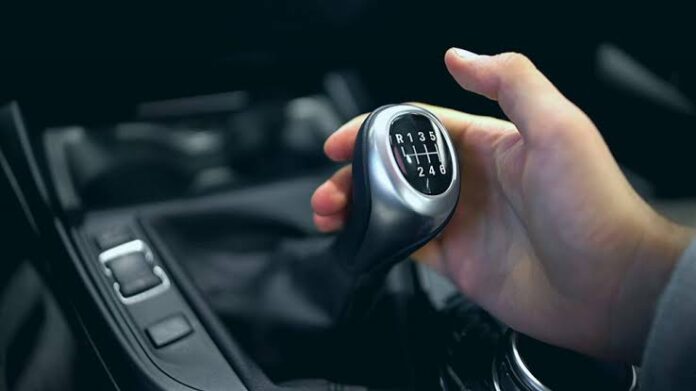The 6 Main Types Of Car Transmission
The complete system of gears, accelerators, brakes, clutches, and wheels are involved in transmission. All of components must work together in order for the automobile to drive from one location to another. Customers can pick from a variety of transmissions available on the market. Manual, Automated Manual, Automatic, Single-speed, Dual-clutch, and Continuously Variable are just a few of the options! Let’s learn more about how these systems function in order to sync movements.
Also Read : Rare Nissan Cars – 12 Nissan Cars Rarely Seen
1. Manual Transmission
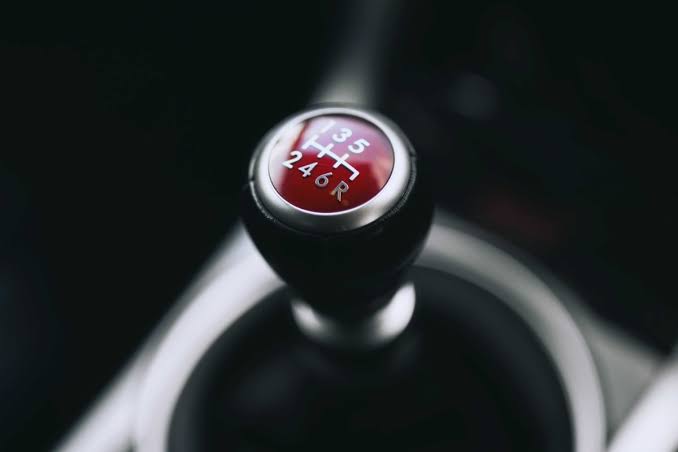
The driver has complete control over the gear system. Changing gears requires the use of the clutch pedal. The clutch pedal is used when the driver needs to shift gears at different speeds. The engine is reconnected to the wheels when the clutch pedal is released. The reality is that the driver must know how to use the clutch and accelerator pedals. Nowadays, manual gearboxes are more common in entry-level cars.
2. Automatic Transmission
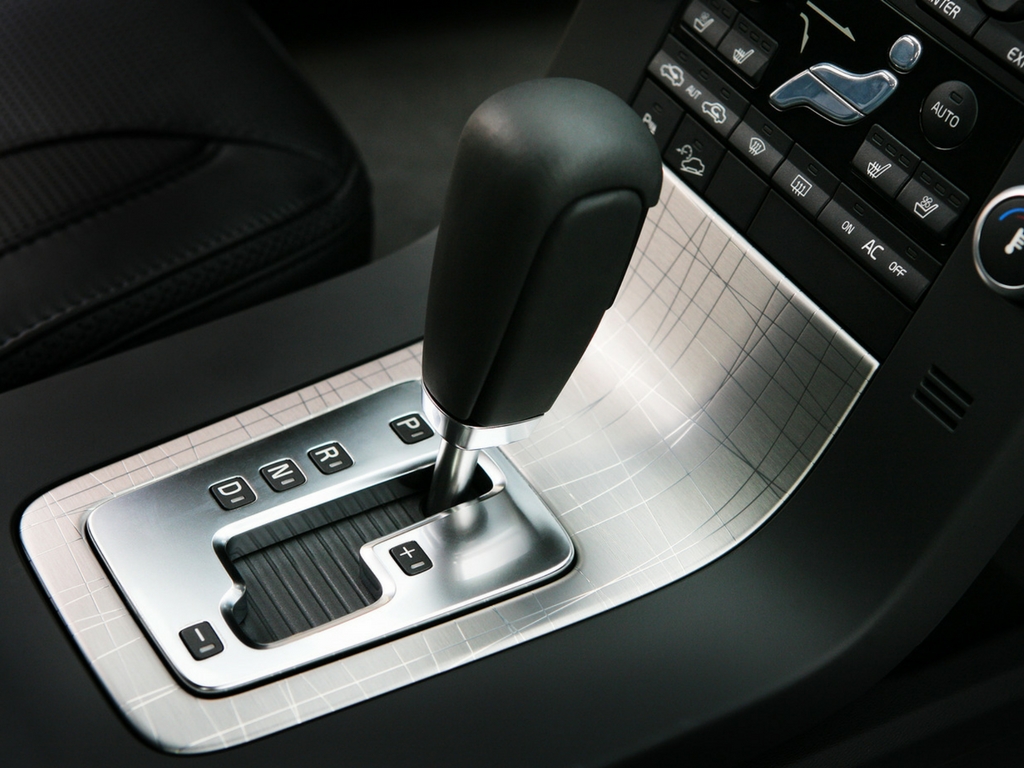
A torque converter takes the role of the clutch. The fluid within the converter connects to the transmission, which connects to the wheels in turn. The fluid rotates and idles the engine when the brakes are applied, bringing the automobile to a standstill. The fluid rotates the wheels when the accelerator is pressed, and the automobile begins to move. The transition for the automobile is quite seamless due to the fluid’s flexibility. Porsche’s Tiptronic and Mercedes-G-Tronic Benz’s are two examples of these vehicles.
3. Automated Manual Transmissions
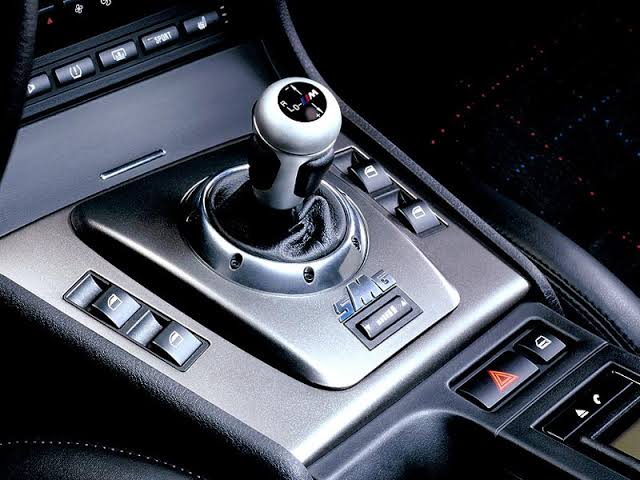
The main distinction between manual and automated manual transmissions is that automated gearboxes have more hydraulic systems. AMTs are actually less expensive than fully automatic gearboxes, which is why some low-cost vehicles are currently highly popular. Citroen’s Servotronic, Alfa Romeo’s Selespeed, Audi’s R-Tronic, and BMW’s Sequential Manual Gearbox all utilise this technology.
4. DCT Transmission
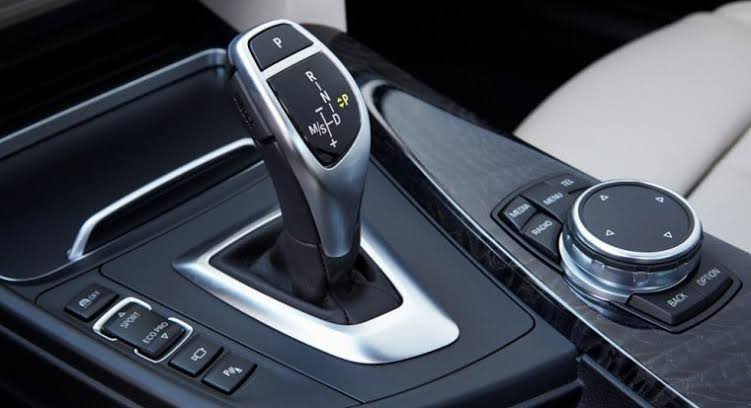
The DCT is being promoted as a viable alternative to regular automatic transmissions. There are two shafts, one for even gears and the other for odd gears, each with its own clutch. The driver’s gear has been pre-selected, making driving easier for them. Although the shifts are a little abrupt at low speeds, DCTs are used in high-performance automobiles. Volkswagen’s DSG, Porsche’s PDK, Audi’s S Tronic, and Ford’s Powershift are all DCT-equipped vehicles.
5. Continuously variable transmission

The basic goal of CVT is to be able to give infinite gear ratios in order to improve fuel efficiency. Transmission electronics are used to modify gear ratios so that the engine can run at its best. CVTs are also effective at lower speeds. Experiments have been conducted in order to make CVTs more comparable to automatic gearboxes in order to lessen the droning noise. Toyota’s hybrid automobiles are one example.
6. Single-speed Transmission

Because the rpm of ordinary internal combustion engines is so low, this is not conceivable. Hybrid cars, on the other hand, use single-speed transmission systems since electric motors may spin at roughly 20,000 RPM. A single-speed gearbox is suitable for most electric cars.
Join Us: Facebook | Whatsapp | Instagram


